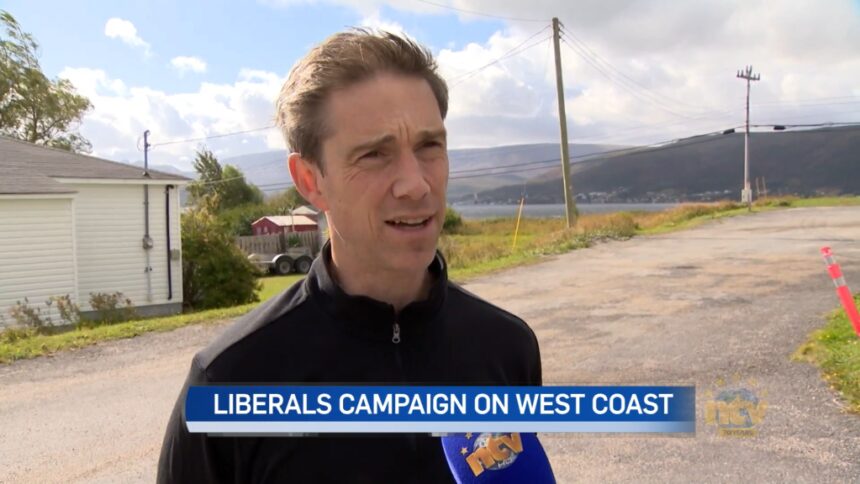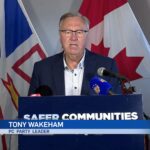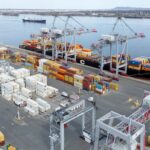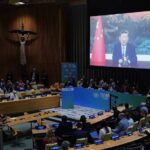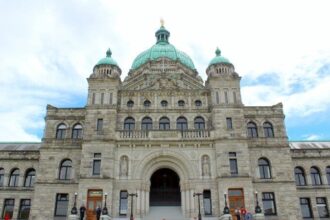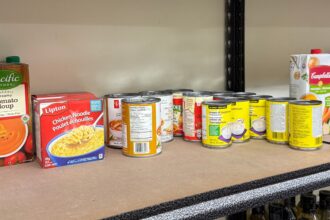In the shadow of British Columbia’s coastal mountains, Liberal Party strategists are recalibrating their election playbook as voter anxiety over health care access and cost of living pressures dominate campaign stops. Prime Minister Justin Trudeau’s recent three-day swing through Vancouver Island and the Lower Mainland revealed a political landscape far more challenging than during previous electoral victories.
“We’re hearing directly from Canadians about the real struggles they face when accessing primary care and managing household expenses,” Trudeau told reporters outside a community health center in Nanaimo. “These aren’t abstract policy issues—they’re kitchen table concerns affecting millions of families.”
The Liberal team’s internal polling suggests healthcare has emerged as the defining issue in British Columbia, a province where doctor shortages have reached critical levels in many communities. According to the Canadian Medical Association, nearly 4.6 million Canadians lack a family physician, with disproportionate impacts in rural areas and among seniors—a demographic the Liberals can ill afford to lose.
Finance Minister Chrystia Freeland, who joined Trudeau at several campaign events, acknowledged the economic challenges facing voters. “We recognize that inflation has created genuine hardship for many Canadians,” Freeland said. “Our affordability plan addresses these pressures while making strategic investments in our healthcare system.”
Political analysts suggest the Liberal strategy reflects growing recognition that healthcare concerns have transcended traditional partisan divides. Dr. Eleanor Martinez, healthcare policy expert at the University of British Columbia, told CO24: “We’re seeing unprecedented alignment between progressive and conservative voters on healthcare priorities. Both groups want fundamental reforms to address wait times, physician shortages, and prescription drug costs.”
The Conservative opposition, meanwhile, has seized on these vulnerabilities. Party leader Pierre Poilievre has characterized the Liberals’ healthcare record as “a decade of decay,” promising substantial increases to provincial health transfers without specifying funding sources.
At a townhall meeting in Victoria, several attendees pressed Trudeau on specific healthcare commitments. Sarah Langford, a registered nurse, challenged the prime minister on staffing shortages. “We’re losing talented healthcare workers to burnout every day,” Langford said. “What concrete steps will your government take to address the human resource crisis in our hospitals?”
Trudeau’s response emphasized the government’s $46 billion healthcare funding agreement with provinces announced last year, while acknowledging implementation challenges. “The investments are there, but we recognize more work remains to strengthen healthcare delivery systems,” he said.
Cost of living concerns similarly dominated discussions at campaign events across Vancouver Island. Recent economic data shows British Columbia faces among the highest housing costs nationally, with average home prices exceeding $1.1 million in Greater Vancouver and food inflation outpacing wage growth for the third consecutive year.
Liberal candidates have emphasized the party’s National Housing Strategy and recent initiatives like the Grocery Rebate Program, which provides targeted relief to lower-income households. However, these measures have faced criticism for failing to address structural economic challenges.
“The affordability crisis requires more than just temporary relief programs,” noted Dr. Marcus Wong, economics professor at Simon Fraser University. “Voters are increasingly looking for comprehensive solutions that address the root causes of housing unaffordability and food insecurity.”
As the federal election approaches, Liberal strategists acknowledge their path to victory requires convincing voters they can deliver meaningful improvements to healthcare access and cost of living challenges. Recent polling suggests a tight race nationally, with healthcare and economic management emerging as decisive issues across most demographic groups.
The question remains: can the Liberals translate their policy commitments into tangible improvements that resonate with voters before election day, or will Canadians decide that after nearly a decade in power, it’s time for a new approach to these persistent challenges?

